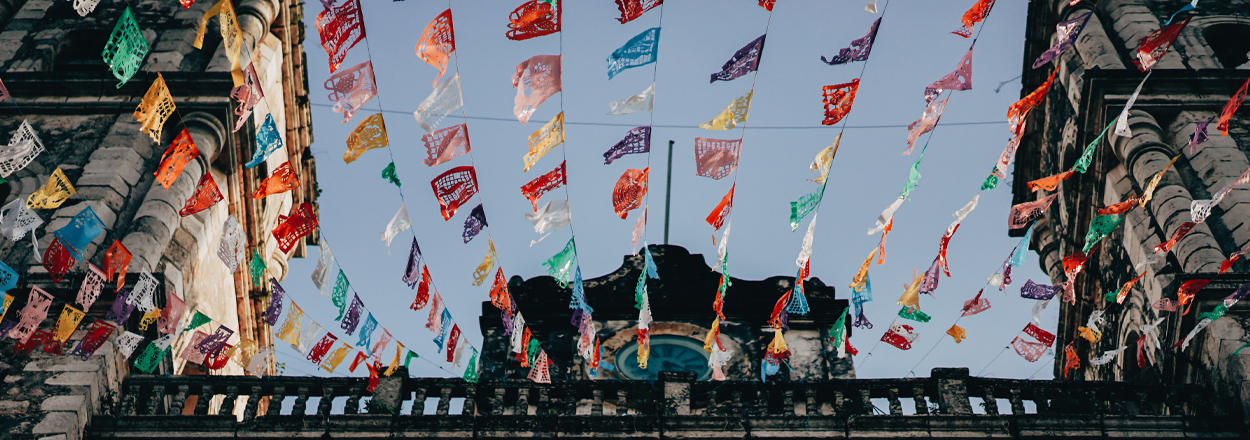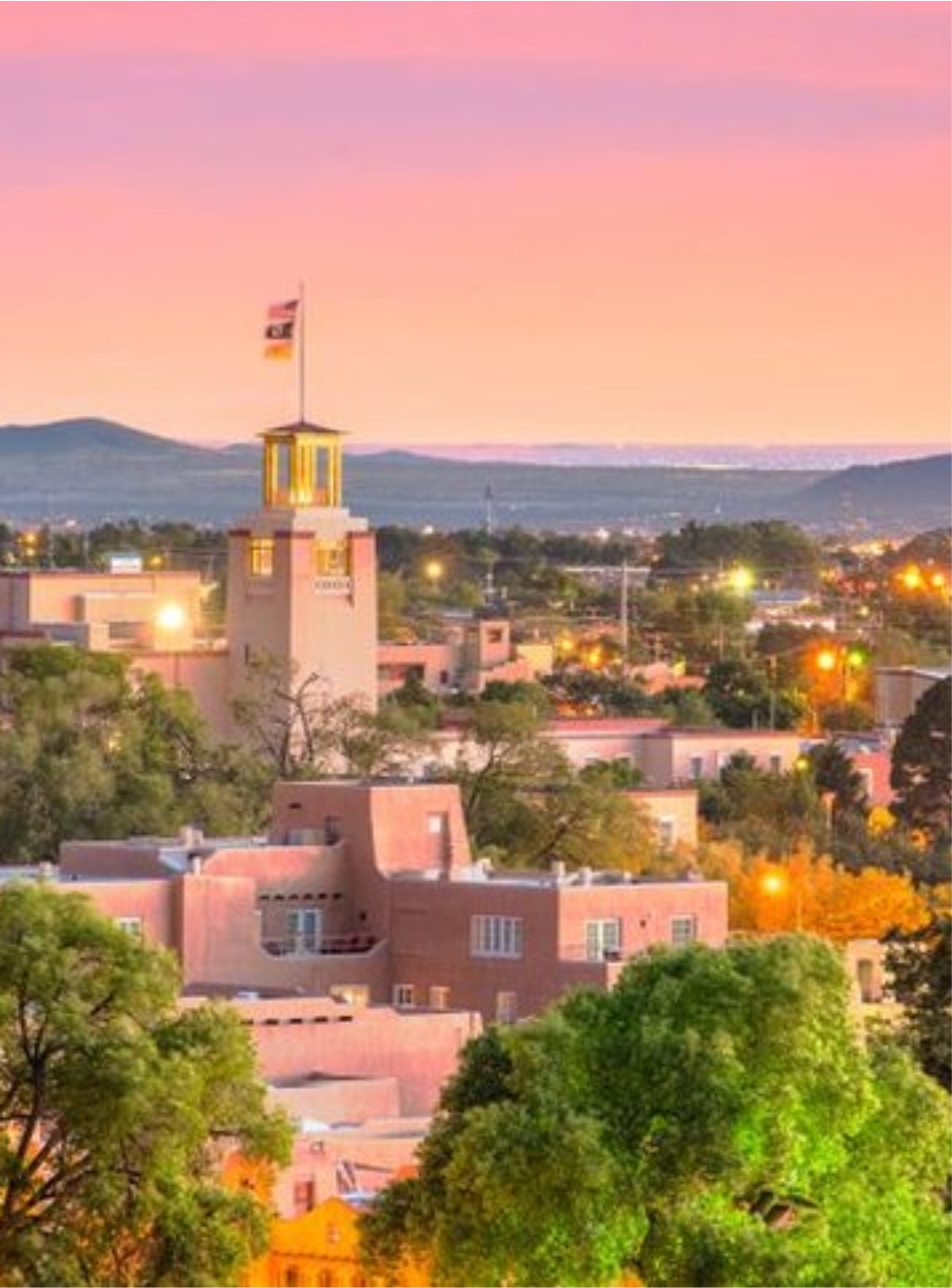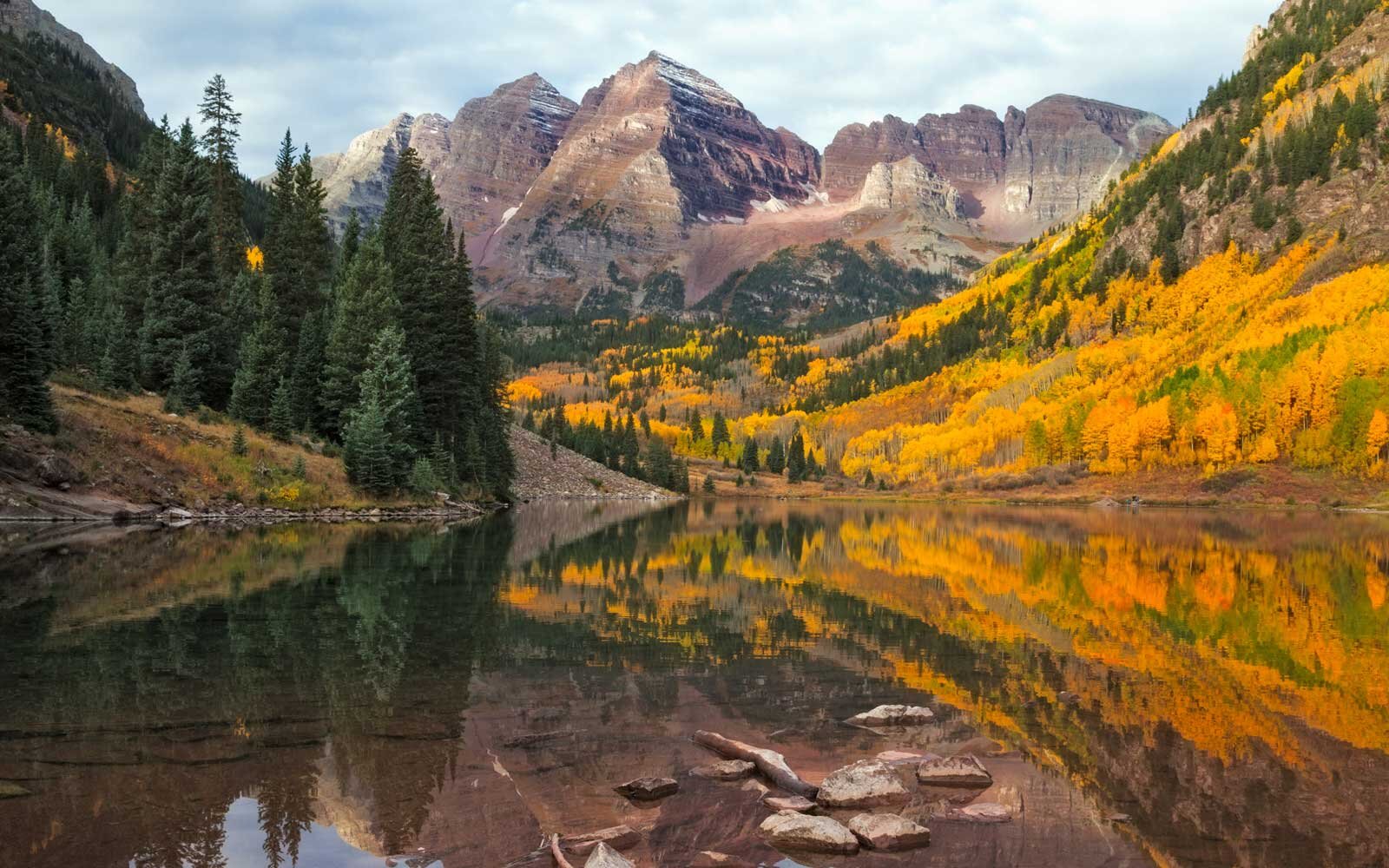For many travelers, the highlight of any vacation is having fun like the locals do. And Mexico does not disappoint.
Before preparing your clients—particularly first-timers—and getting them excited for their trips, you must familiarize yourself with what is on the menu in this fun-loving country. For a more comprehensive education, enroll in The Travel Institute’s newly enhanced Mexico Destination Specialist Course. Remember to check the varying reopening dates, operating hours, and availability of attractions and accommodations and consult sources like the U.S. State Department, the Center for Disease Control and Prevention (CDC), and the World Health Organization (WHO) before booking your clients.
For even more in-depth knowledge, take a look at The Travel Institute’s Premium Lounge to immerse yourself in all of the TOP destinations and niche market courses. Find your passion and tap into new target markets by joining Patty Noonan CTC for her informative webinar, Specialization–Finding Your Travel Industry Niche.
Let’s take a look at what the Newly Enhanced Mexico Course offers you and your clients. For more tips like these, enroll today.
Visitors will find authentic Mexican cuisine quite different from the Tex-Mex food they may be used to at home. Intense, varied, colorful, spicy…These are words that describe it. Based on pre-Hispanic origins, Mexican food also exhibits the influence of the conquistadores.
The north and central high plains are known for wheat, tortillas, beef, and goat. Coastal areas are famous for seafood, and the south is known for earthy flavors in stews or sauces served over fowl or pork.
Beach resorts have informal open-air eateries where lobster, shrimp, conch, tuna, sandwiches, and tacos can be enjoyed. Snack vendors typically roam the beaches. The least expensive places to eat are the small family-run fondas where fixed-price meals (menu del dia or comida corrida) are served at lunchtime.
Food
Desayuno (breakfast) varies greatly. For Mexicans, the first meal is eaten at home and is a light meal of fruit and pastry with milky coffee. Resorts tend to serve buffet breakfasts: eggs, meat, tortillas, cheese, fruit, bread, juice, and a hot beverage.
Almuerzo is a late-morning snack or brunch. From about 1:30 p.m. on, comida is normally the day’s main meal. Between 6 and 8 p.m., merienda is a time for snacks (an antojito) and coffee, tea, or alcoholic drinks. Antojitos are similar in concept to Spanish tapas. They can be anything from fruit to a substantial dish. An antojito can be ordered as an aperitif with drinks (when it is called a botana) or served as a first course in a restaurant.
Cena (dinner) is a small meal served between 8 and 10 p.m., a time to visit and talk over the day. In a restaurant or social context, cena is more formal and is preceded by drinks, sometimes for several hours. Musicians, usually mariachis, play during meals, wandering from table to table. Tipping the musicians is customary.
The postres (fruits and desserts) are seductive, much more so than the baked egg custard flan known outside the country. Desserts might be tartas (sweet, rich cakes) filled with eggs, buttery cream, chocolate, almond paste, ice cream, or fruit.
Drink
Mexico’s alcoholic drink is tequila. It was first mass-produced in the early 1800s and originates from the blue agave plant, a succulent that thrives in the volcanic soil near the town of Tequila. The plant’s heart contains sugars that natives used to make a fermented drink. When the Spanish arrived, they took the beverage and distilled it, producing the tequila known today.
The popularity of the drink and the history behind it have made the town of Tequila a World Heritage Site, attracting thousands of visitors to see the fields, distilleries, and the Museo Nacional de Tequila and to ride the Tequila Express train from Guadalajara to Tequila.
While Mesoamerican cultures knew of alcoholic beverages and drank corn beer, the Spanish introduced European-style beer brewed with barley. German immigrants who came in the 19th century expanded the market and opened many breweries.
Globally, one of the best-known Mexican beers is Corona Extra. Other popular beers include Modelo, Tecate, and Dos Equis. Beer in Mexico is commonly drunk with lime juice. A Michelada—a beer cocktail—consists of light beer with lots of juice and salt and can include chili powder, Worcestershire sauce, soy sauce, or tomato juice. As with a margarita, the salt is placed on the glass’s rim.
The Mexican wine industry is growing. Most of its vines are used for table grapes or brandy, but the market for quality wine is on the rise. Baja California is Mexico’s wine district. Red wines are a specialty.
Music and Dance
The country’s diverse music and dance culture features a range of styles, ones influenced by both indigenous people and European colonizers. Original inhabitants used drums, flutes, rattles, conches, and their voices to make music and dance. For more than six decades, the Ballet Folklórico de Mexico has presented dances in costumes with music that reflects this background.
For Carnival, village feast days, and Day of the Dead celebrations, regional clothing includes elaborate masks that depict devils, tigers, jaguars, old men, dark-faced Moors, and pale-faced conquistadors. For Day of the Dead, dancers wear a skull mask and a skeleton painted on a dress or shirt and pants.
Mariachi musicians in their fancy silver-studded charro suits and oversize matching sombreros are one of the country’s most beloved cultural symbols and musical traditions. The band can include singers, violins, guitars, vihuela, guitarrón, trumpets, and more. In 2011, UNESCO recognized mariachi as an Intangible Cultural Heritage.
We hope you enjoyed this peek into Mexican culture and our newly revamped course.












